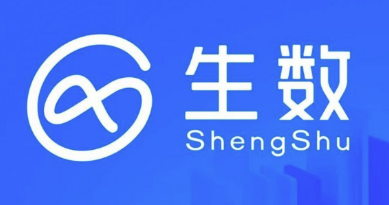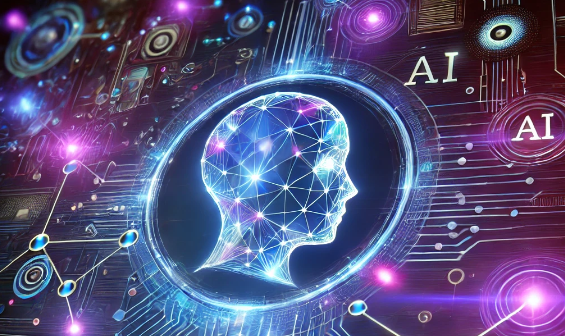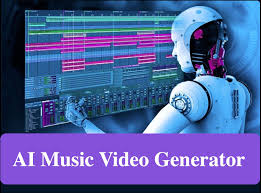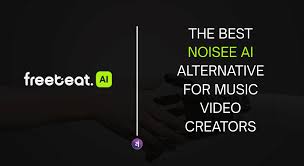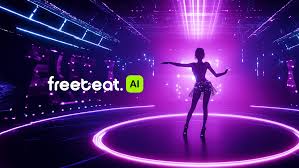Creating a music video used to require a team of editors, animators, and hours of rendering. But with the rise of AI video platforms like Kaiber AI, that’s no longer the case. Whether you’re a musician, content creator, or digital artist, learning how to create an AI music video with Kaiber AI opens up a world of cinematic possibilities — all without needing advanced skills or expensive tools.
In this guide, we’ll break down the complete process of using Kaiber AI to generate professional-looking music videos from scratch. From setting up your concept to fine-tuning your visuals, everything you need is right here.
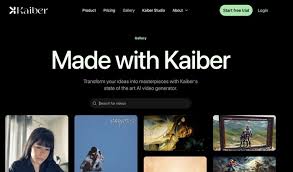
Why Use Kaiber AI for Music Videos?
Kaiber AI is one of the leading platforms that enables users to transform audio tracks, text prompts, and static visuals into stylized AI-generated video sequences. It’s used by independent creators, digital marketers, and even Grammy-nominated musicians like Linkin Park, who famously used Kaiber for their music video “Lost.”
Here’s why Kaiber AI stands out:
Audio-reactive visuals that sync perfectly with the beat.
Style consistency across scenes (from anime to cyberpunk to surrealism).
Simple, prompt-based customization — no video editing background required.
Export resolutions up to 4K depending on your plan.
What You’ll Need Before Getting Started
Before diving into the Kaiber AI music video creation process, prepare the following:
A music file (MP3 or WAV): Ideally a mastered or finalized version.
An idea or visual theme: Think “dreamy pastel cityscape” or “cyberpunk street racer.”
A Kaiber AI account: Free trial is available, but full features come with a paid plan.
Optional: Artwork or reference image for consistency or to kickstart a scene.
How To Create an AI Music Video with Kaiber AI
Let’s walk through the actual creation process:
1. Upload Your Audio Track
Once you log in to Kaiber AI’s dashboard, click "Create New" and choose the audio-reactive video option. Upload your chosen music file — the AI uses this to determine motion rhythms, transitions, and cut points.
Tip: Shorter songs (under 3 minutes) render faster and cost fewer credits.
2. Define the Style with Prompts
This is where your creativity kicks in. You’ll be prompted to describe what you want to see. The better your input, the better your output.
Examples:
“A futuristic city at night, neon lights, flying cars, Blade Runner aesthetic”
“Surreal underwater world with glowing jellyfish and synthwave vibes”
Kaiber AI supports multi-prompt transitions, so you can change styles during the video (e.g., first 30 seconds cyberpunk → next 30 seconds abstract neon art).
3. Choose Camera Motion and Frame Dynamics
Kaiber allows you to tweak camera effects like zooms, pans, or rotations. For music videos, motion keeps things dynamic. Experiment with:
Zoom-in/out based on beat
3D camera swings for choruses
Slow cinematic pans for ambient tracks
These effects are especially impactful when synced with audio peaks or lyric shifts.
4. Add Reference Images (Optional but Powerful)
To maintain consistency, upload a reference image — maybe album art, a sketch, or a mood board. Kaiber uses this to “anchor” visual direction and preserve tone across scenes.
5. Preview, Render, and Revise
Once you've locked in your prompts and visuals, preview your video (usually 5–10 seconds). If you’re satisfied, hit Render Full Video.
Expect wait times:
720p renders: 5–10 minutes
1080p: 15–30 minutes
4K: up to an hour (if supported)
Got feedback? You can edit prompts or switch scenes without redoing the entire project.
6. Download and Share
Once rendered, your video is downloadable in MP4 format. You can directly upload it to YouTube, TikTok, Instagram, or embed it on your artist website.
Pro tip: Combine it with YouTube’s auto-captioning to boost SEO visibility and viewer engagement.
Real-World Examples of AI Music Videos with Kaiber
Linkin Park – “Lost” (2023): A full AI-generated video powered by Kaiber with an anime-meets-nostalgia aesthetic.
Lo-fi Channels on YouTube: Many lo-fi artists now rely on Kaiber for looping animation scenes that match their beats.
Indie Artists on TikTok: From glitchcore to retro VHS filters, Kaiber’s visuals help artists stand out in crowded scrolls.
Is Kaiber AI Worth It for Music Creators?
If you’re trying to maximize visual content without a huge budget, Kaiber AI is absolutely worth exploring. It's especially ideal for:
Solo musicians or bands launching singles.
Marketers producing viral promos for Spotify/Apple Music links.
YouTubers and streamers adding themed music visuals.
Record labels testing visual concepts at scale.
FAQ: How To Create an AI Music Video with Kaiber AI
Q1: Is Kaiber AI free to use?
Kaiber offers a free trial, but full HD renders and longer videos require a paid plan. Pricing starts around $10/month.
Q2: Can I use my own footage with Kaiber AI?
Currently, Kaiber focuses on AI-generated scenes, but you can stitch your own footage in post-edit using tools like Adobe Premiere or CapCut.
Q3: What file types does Kaiber support?
Audio: MP3 and WAV. Output: MP4 videos. You can also use JPG/PNG images for visual prompts.
Q4: Does Kaiber support lyrics or subtitles?
Not directly. You can add text overlays later using video editors or upload your video to platforms like YouTube, which auto-generate captions.
Conclusion: AI Music Videos Are No Longer Out of Reach
Kaiber AI is changing the game by making high-quality music videos accessible to everyone — no camera crew, no editing software, no learning curve. If you’ve ever wondered how to create an AI music video with Kaiber AI, this guide proves just how easy and effective it can be. Whether you’re building your next viral TikTok hit or launching a new album, Kaiber gives your music the visuals it deserves.
Learn more about AI MUSIC


